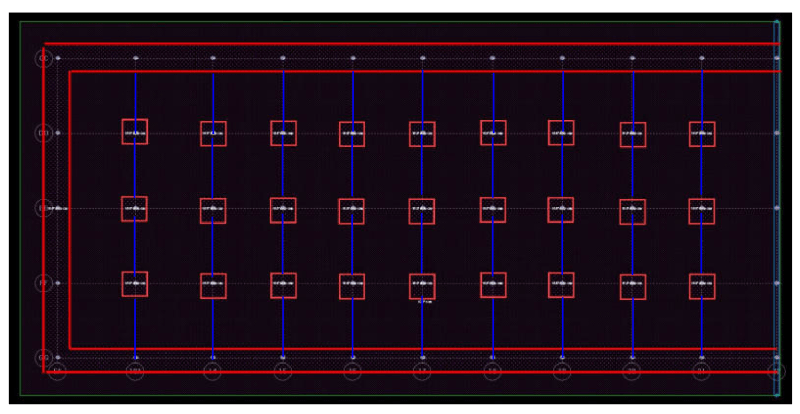structSU10
Structural
- Mar 3, 2011
- 1,062
I am looking at an existing two way concrete slab with drop caps from the mid 60s that has one direction very heavily reinforced - good for 2x the stated design live load - while the other direction has much less reinforcing and doesn't quite achieve the stated design live load. I am using RAM concept for this analysis right now. Is anyone aware of an different analysis method for these systems they may have used? I would be surprised if load can be redistributed the other way, or that treating one direction as a one way slab supported by the stronger bands would change things too much, but maybe I am off with that thought.
The odd thing is other floors in the same structure are reinforced as a more conventional two way system, with similar bars each way.
The odd thing is other floors in the same structure are reinforced as a more conventional two way system, with similar bars each way.


